Exposãƒâ© 1 Finest Digital Art in the Known Universe book
Leonardo da Vinci – The Foetus in the Womb (c 1510-xiii)
Leonardo expresses the man condition in a nutshell – indeed, his rendition of the womb resembles an opened horsechestnut casing. Inside is the first of us all laid bare. 5 hundred years ago, this creative person and scientist could portray the human mystery with a wonder that is not religious but biological he holds upwards humanity as a fact of nature. It is for me the most beautiful work of art in the world.
Majestic Collection, Windsor Castle
Caravaggio – The Beheading of Saint John the Baptist (1608)
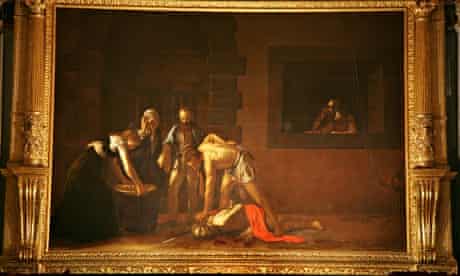
Caravaggio shows a murderous moment in a prison yard. The executioner has drawn a knife to sever the terminal tendons and skin of John the Baptist's neck. Someone watches this horrific moment from a barred window. All around is sepulchral gloom. Death and human cruelty are laid bare past this masterpiece, as its scale and shadow daunt and possess the heed.
St John's Co-Cathedral, Valletta, Malta
Rembrandt – Cocky-Portrait with Ii Circles (c 1665-9)
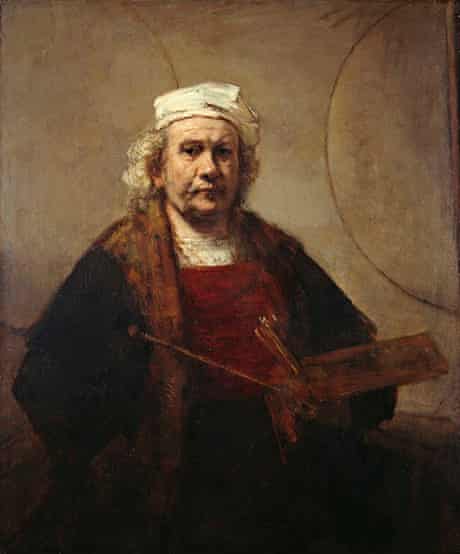
You are not looking at Rembrandt. He is looking at you. The authority of genius and age gaze out of this autumnal masterpiece with a moral scrutiny that is terrifying. Rembrandt seems to see into the beholder's soul and perceive every failing. He is similar God. He is the almost serious creative person of all, considering he makes everyone who stands earlier him a supplicant in the court of truth.
Kenwood Business firm, London
Chauvet cave paintings (c 30, 000 years ago)
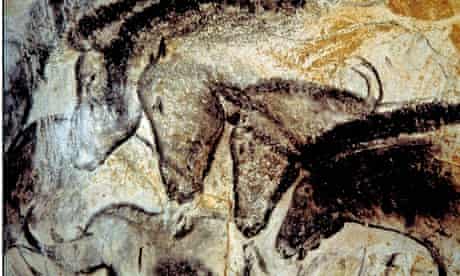
Who painted these exquisitely lifelike portraits of animals? There was no such thing equally writing in the water ice historic period then nothing is known of the names, if they had names, of these early people. Cave artists may take been women; they may accept been children. What is known is that Homo sapiens, our species of man, makes its mark with these paintings that are as beautiful and intelligent as annihilation created since.
Chauvet-Pont-d'Arc Cave, Ardèche, France
Jackson Pollock – One: Number 31, 1950 (1950)

The art of Jackson Pollock is a mod mystery. How, from flinging paint on a canvas laid on the ground, did he create such beauty and inner structure? Similar a solo by Charlie Parker or Jimi Hendrix, his freeform improvisations loop and lurch and still accomplish a profound unity. Pollock only held this together for a curt period of brilliance. This painting is a cathedral of the mind.
MoMA, New York
Velázquez – Las Meninas (c 1656)
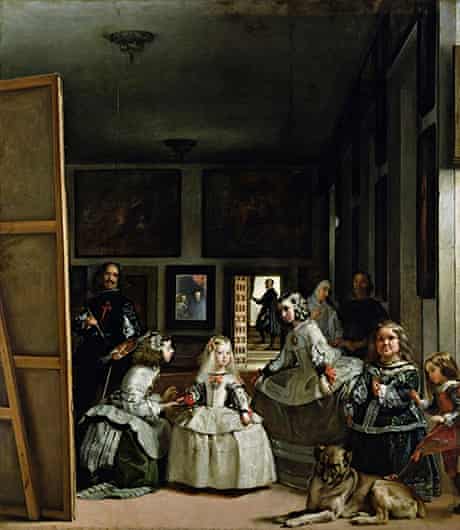
The king and queen stand where you are standing, in forepart of a gathering of courtiers. Velazquez looks from the portrait he is painting of the royal couple. The infanta and her retinue of maids (meninas) and dwarf entertainers are gathered before the monarch. In the altitude, a minister or messenger is at the door. In a bright mirror, the royal reflection glows. This painting is a many-layered model of the world's strangeness.
Prado, Madrid
Picasso – Guernica (1937)
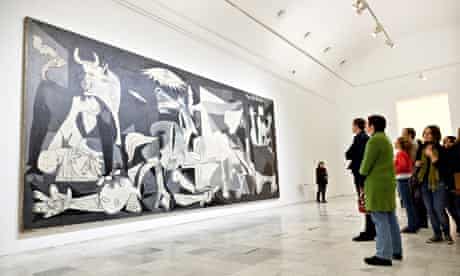
When Picasso started to paint his protest at the bombing of Guernica, the aboriginal Basque capital, by Hitler's air force on behalf of Franco in the Castilian Civil War, he was at the height of his powers. Thirty years after painting his destructive modernist grenade of a picture Les Demoiselles d'Avignon, his cubist intelligence was at present enriched past the mythology and poesy unleashed by the surrealist movement. He also looked back to such historical paintings as Raphael's Fire in the Borgo as he set down the greatest human statement of the 20th century.
Reina Sofia, Madrid
Michelangelo – Prisoners (c 1519-34)
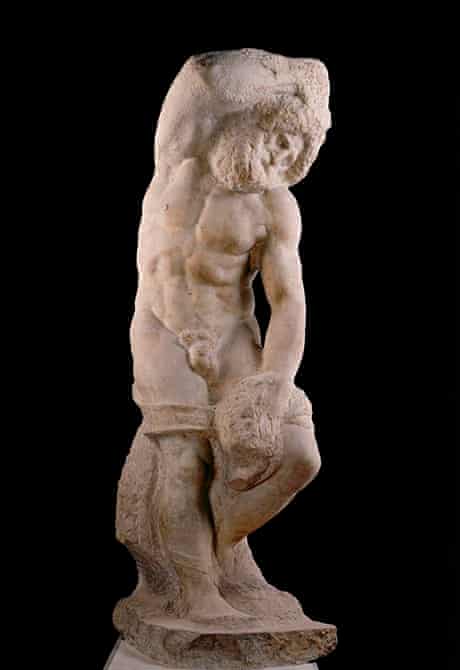
Michelangelo's Prisoners, or Slaves, were begun for the tomb of Pope Julius II but never finished. In its entirety – including the Dying and Rebellious Slaves in the Louvre and the statue of Moses on the final, reduced version of the tomb eventually erected in Rome – this constitutes the greatest unfinished masterpiece in the globe. Yet Michelangelo did non get out things unfinished out of laziness. It is an aesthetic option. The tragic power of these prisoners equally they struggle to sally out of raw rock is an expression of the man condition that equals Shakespeare'south Hamlet.
Accademia Gallery, Florence
Parthenon Sculptures (447-442 BC)
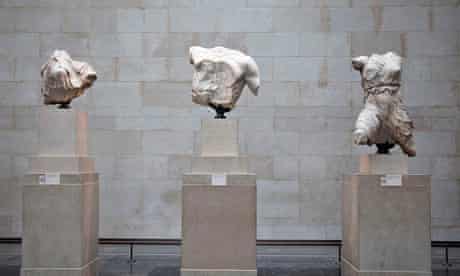
The long marble frieze, colossal broken statues of reclining gods, and frenzied carvings of centaurs fighting humans that Lord Elgin removed from the Athenian Acropolis two centuries ago are best known today as objects of controversy – which is sad, because we should be marvelling at their genius. Well-nigh of the best ancient Greek sculpture is only known through Roman copies. This is the greatest assembly anywhere of the real matter: the very art that created the idea of the "classic". Gaze on the lowing heifer that inspired Keats'due south Ode on a Grecian Urn and the goddesses whose robes uncannily resemble pictures by Leonardo da Vinci. Artistically, beyond the squabbles, information technology doesn't get ameliorate than this.
British Museum, London
Cézanne – Mont Sainte-Victoire (1902-four)
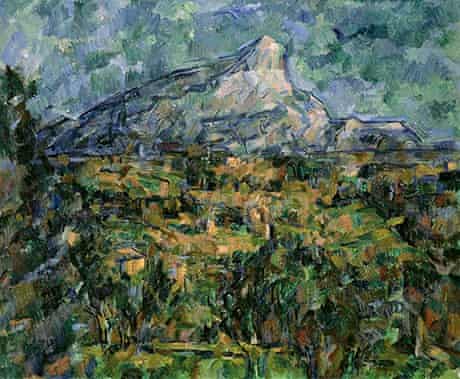
Source: https://www.theguardian.com/artanddesign/jonathanjonesblog/2014/mar/21/the-10-greatest-works-art-ever